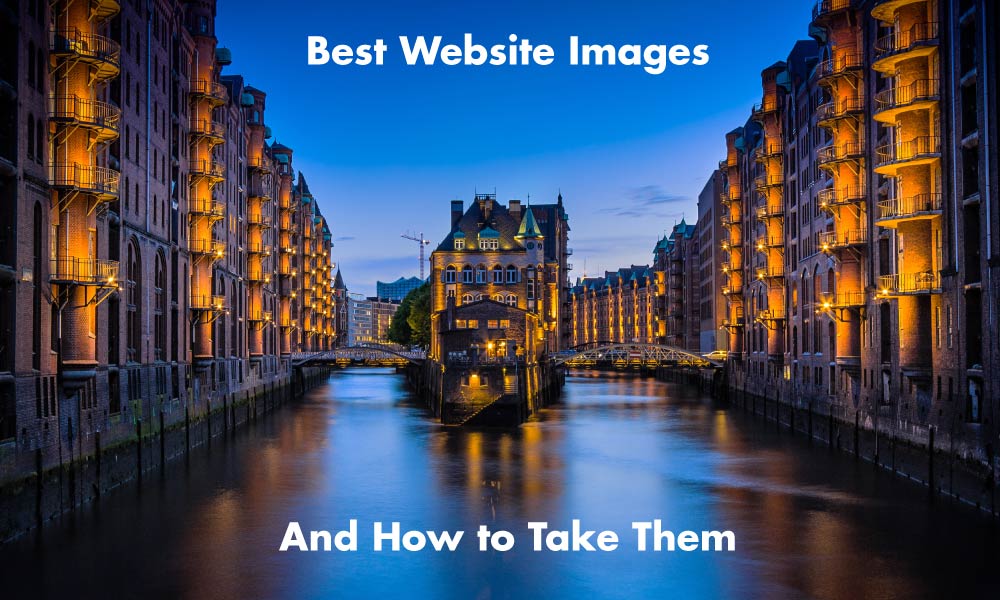
The best creative web design for clients all have one thing in common; image quality. Images are the number one visual way information is communicated and in the day and age of increasing demands for quick information, images do a great job at telling a story quickly for site visitors. Images are crucial for efficient web design because they break up content on pages which can be overwhelming for visitors. Essentially, people want information fast, and when they don’t get the answer to a search phrase, they leave the site (contributing to high bounce rates, low conversions, and lowered SEO scores). What better way to convey information quickly than through pertinent images paired with good keyword-heavy content aiming to match a visitor’s search phrase?
Efficient use of images can be hugely beneficial to a site and can add to a business’s branding, their tone toward visitors, their business’s image, efficiency in converting visitors, guiding efficient site-navigation, SEO, and much more. Images work hand in hand with creative web design and are increasingly recognized in their importance in conveying information:
“A common finding is an observed processing superiority of pictures as compared to words, suggesting that pictures have a faster and more direct access to meaning, while words are discussed to require additional translational activity...” -Schlochtermeier, et al. (2013).
Given the importance of images to visitors, it is good to know what constitutes as good images for a website to make the most of creative web design.
When people think of the best web design they typically only think of a site’s layout. However, most people forget that a large portion of layout is where to place high-quality images and content. The best web design is unique for each client and their business. However, there are similarities with site layouts and how images are arranged:
Simple and effective designs use layouts with images that do not confuse visitors, help them navigate the site, sell your unique message, and help convert visitors into a customers. Good layouts also use images to guide visitors toward pertinent pages or locations on their site.
There is a misconception that images need to be small for a website. Images need to be as big as possible to get high resolution, only their file sizes need to be small. Thankfully OCG takes care of all file compression so even if you give us massive photos, we ensure they are optimized on your website. Images that are too small are 'pixelated' or 'low-res' and look bad on websites and can hurt your online appearance and brand identity.
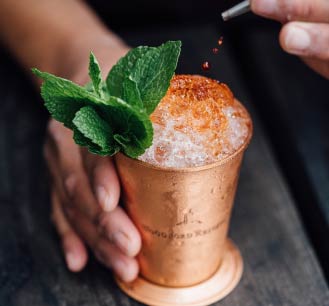
High Res Image

Low Res Image
The images need to be well lit. Avoid using a flash because it tends to wash out all images. The main source of lighting should not be behind the subject either and you should avoid highly contrasted images that add a lot of distracting patterns. This is very important because many images on a website have text over them and high-contrast images make it difficult to read the content and can be strenuous to look at on their own.
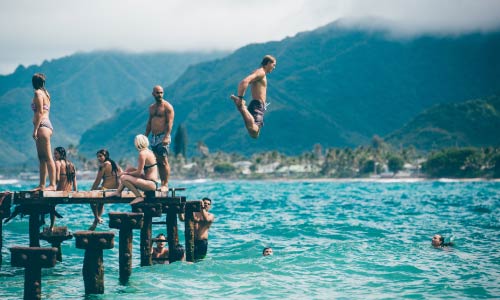
Good Lighting
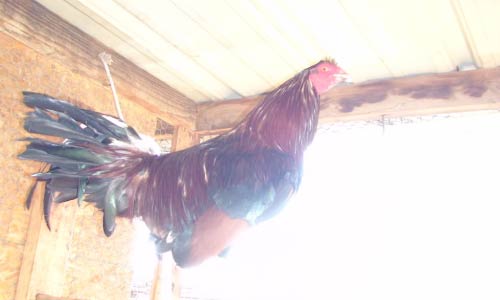
Bad Lighting
Having everything in focus can make the image too cluttered and distract from what you really want to viewer to see in the image. A ‘soft-focus’ pulls the viewer’s eye toward the object you want site visitors to pay attention to while softly blurring the rest. This can also help de-clutter busy images.
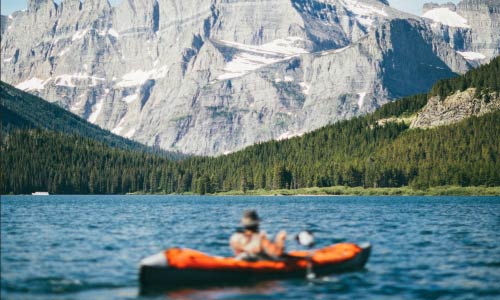
Good Focus
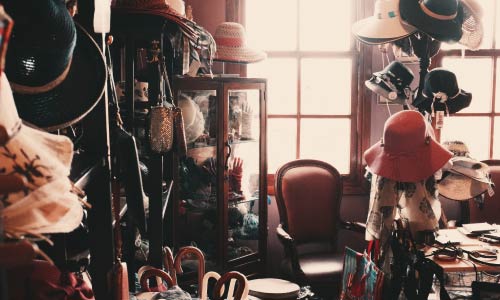
Bad Focus
Many people think that if you want to draw attention to something it needs to be centered in the image. That can get repetitive with many images on your site. Take images from close up and far away with the subject in different places. It can be a mistake to take all of your images from one perspective using one composition, unless you are taking product shots.

Good Composition
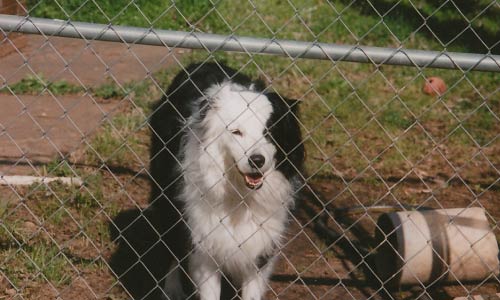
Bad Composition
You may hear web-designers or account-coordinators talking about ‘mastheads’. Mastheads, banners, or site headers are the images that display at the top of each web page. These images need to be large (to work with a responsive website) and need to be ‘landscape’ not ‘portrait’. Additionally, because visitors only see a tiny part of the whole image, it is a good idea for the image to capture 'depth’. For example, instead of taking images from a top-down angle on a subject, try taking shots from different angles that emphasize perspective. A good way to do this is taking a series of images starting from the ground-level and moving up.
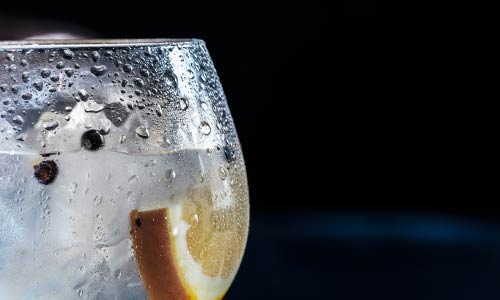
Good Perspective

Bad Perspective
Many clients find sites and ask what we can do to make their site more like the example they choose. The most common site people tend to ask for is Apple or other sites for technology companies. So what do they do that makes their layout work so well?
If you’re doing business in 2015, the term marketing automation has likely made its way into your vernacular—or at least your inbox. But unless you have a comprehensive marketing department, or a service provider who specializes in it, you’re probably not making full use of it as a time-and money-saving tool. If you’re like a lot of small businesses, you may even be fuzzy on exactly what it is. This brief primer is for you. Marketing automation is an umbrella term that refers to the process (and its technologies) of turning prospects into customers in a way that's data-driven and standardized. Marketing campaigns are automated, and usually channeled through email, social media, blogs, and websites. That automation allows your marketing staff to spend fewer resources on moving prospects through the sales channel, while speeding up that process. Data gathered during this process is useful both in the journey to a particular conversion, and for future marketing and even product planning. Automation typically has three components that work together: Intelligence/Analytics At this phase, prospect activities—for instance, who clicked what link in an email, or used a particular search term—are tracked and analyzed, allowing campaigns to be more highly-targeted to a prospect’s interests based on their behavior. Prospect-Campaign Automation Here, prospects are categorized based on the analysis of their interests gathered in the first phase, and then presented with marketing messages and campaigns that target that particular interest. This is where you’ll see marketing components like shopping cart reminders, and those uncanny Facebook ads that seemed to know what you were thinking earlier in the day. Workflow Automation Marketing campaigns activities can be creative and exciting, but they can also be tedious and labor-intensive. Workflow automation allows marketing staff to automate repetitive processes, like campaign budgeting, file approvals, brand asset management, campaign scheduling, and other internal activities. The field of marketing automation isn’t new, but for many years it was used primarily by larger organizations with the budgets, staff, and expertise to purchase and use those tools. In recent years, it has been gaining traction among even small businesses and entrepreneurs, thanks to more accessible and affordable technologies, and an increasing number of digital marketing agencies offering it as a one-stop service.
It’s not an option anymore to have a good looking website. Consumer expectation is high, and at a minimum you need a storefront and web design that is attractive enough to pull in more visitors. If you notice a high bounce rate on your homepage, there’s a good chance it has something to do with how it looks, which in turn means less conversions to your business.
Looks matter, but strategic design choices can do more than just generate “oohs” and “aahs” from the crowd. Having a designer on your side who has an equal amount of flair and pizazz as they do user experience is crucial to any new website. Effective Reno web design is one of the most integral factors in attracting visitors to your online storefront, however it is not as simple as it may seem. There are a number of aspects within business web design that help visitors convert to customers, and knowing what works is key to making that transition into a reality.
In the early days of design and development, business pages were loaded with content making the user’s experience overwhelming and, at best, confusing. In current design psychology, a web developer must focus on the core message of the business and relay that in a clean, efficient manner to users. It is part business strategy, part psychology, and completely necessary to earn more conversions.
Color can have a positive or negative effect on a visitor as they navigate through a business web design. According to Amber Leigh Turner of The Next Web, certain colors have a greater impact in design and development than others. She states, “Cooler colors (blues, greens, purples) often provide an inviting, professional and relaxed feeling. In contrast, it can project a very cold and unfriendly feeling as well.” She continues to state warm colors, including oranges, yellows and red offer a soothing experience and pay homage to a creative side of the business. In professional web design, selecting the colors to use within your business are crucial to providing an inviting feel to your site. In other words, the right color invokes the right emotions, and the right emotions lead to action that ultimately turns into a conversion.
Have you seen a stellar website lately? Share the link with us.
Using the expertise of a web page designer or a professional web design company can provide you with the tools necessary to create effective, simple web design, ultimately increasing traffic to your site, while keeping users engaged with your specific content. Additionally, a Reno web design company like OCG Creative can guide you to higher conversion rates for your company. If you are considering making changes to your website in an effort to increase your sales, contact your local Reno internet marketing company, OCG Creative, today.
In marketing, there are few guarantees. We set goals, do our research, plan, weigh the opportunities and threats, then execute. Finally, at intervals or once the campaign has finalized, we evaluate the result make decisions about what to do next.
It is little known, but prior to 1900 and a little after, there was a Lake Tahoe resort on the North shore of Emerald Bay called, appropriately, the Emerald Bay Resort. Then, as now, Lake Tahoe was something of a vacation hotspot, despite having virtually every tree in the basin cut down and sent to the Virginia City silver mines. This is where the marketing/scuba diving similarities are uncanny. When the Emerald Bay Resort was in its heyday, they'd offer rowing skiffs and similar watercraft to guests, which they would use to ply the waters of the lake under human power. Although the resort is long gone, these little vessels, known to some as Emerald Bay's "miniature fleet" had been scuttled and remain on the bottom. For small craft enthusiasts, the miniature fleet is like a liquid time capsule--a submerged museum of the evolution of boat building. On Sunday, our mission was to find it.
Like finding a bunch of tiny boats, effective marketing begins with research. Imagine (and, who wouldn't) the boats are your potential customers. As a marketer, your goal is to deliver your message to the boats, er... customers. BUT, before you can deliver your message, you must know where to find them. Your marketing dollars are like air (or, in our case, Nitrox, but that's not important). It's a big lake, so if we were to have any hope of finding the miniature fleet, we couldn't just jump in and start swimming. And, unless you have unlimited time and money (who doesn't?), the last thing you want to do is blow your budget not knowing whether your target market is anywhere in the vicinity. We read books, asked people in the area and dug through everything we could find on the Internet (BTW, I think this "Internet" thing might really catch on). Eventually, we narrowed our search by comparing old photos of the resort to the surface geology (rocks... big ones) of today. I'm no expert on geologic time, but how much could a 50,000 pound boulder erode in a hundred years? Thus armed, we chose our drop in point, geared up and rolled over the side of our trusty research vessel (aka. Joe's boat). After about 25 minutes in the water, we hit our mark by identifying a lapstrake rowing skiff dating back to the late 1800's. Our research payed off and we had the opportunity to visit a unique piece of history because we narrowed our search without wasting our precious breathing gas.
Your budget is your budget. Too often, the approach to marketing (especially media advertising), is to decide and commit, skipping the research part altogether. In fact, the system is kind of set up that way. Our job is to make sure that you deliver the right message to your boats while you still have air left.
And there you go. Diving and marketing. Peas in a pod. PB & J. Different, but so eerily complimentary, that I believe it's high time we thought about having meetings underwater.
Speaking of scuba diving and marketing, OCG Creative is a Reno web design and internet marketing agency that provides marketing services for a variety of industries such as the scuba diving industry. Take a look at some of the work we have done for clients such as Adventure Scuba.